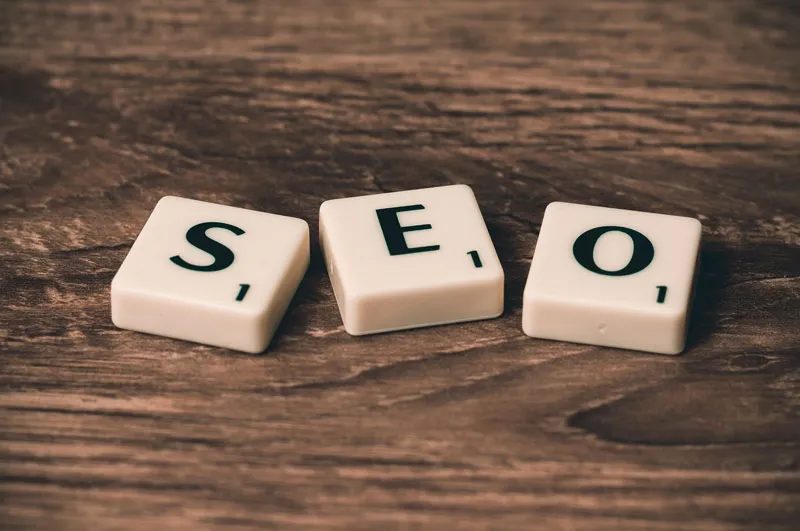Having a website that aligns with your business goals and objectives is essential for achieving success in today’s digital age. Your website is often the first point of contact between your business and potential customers, so it’s crucial to make a strong first impression. In this blog post, we’ll explore the eight steps you need to take to create a website that aligns with your business goals and objectives.
The first step in creating a website that aligns with your business goals and objectives is to define what those goals and objectives are. Your website should be designed with a specific purpose in mind, whether that’s to generate leads, increase sales, or provide information to potential customers. To define your business goals and objectives, ask yourself:
- What do I want my website to accomplish?
- Who is my target audience?
- What specific actions do I want visitors to take on my website?
By answering these questions, you can start to create a roadmap for your website that will help you achieve your business goals and objectives.
Before you start designing your website, it’s important to know what your competitors are doing. Conducting a competitor analysis can help you identify their strengths and weaknesses, and determine what you can do better. To conduct a competitor analysis:
- Identify your top competitors
- Review their websites, social media profiles, and online marketing campaigns
- Take note of what they’re doing well and what they could improve on
By conducting a competitor analysis, you can gain valuable insights into what works in your industry and what doesn’t. This can help you create a website that sets you apart from the competition.
Once you have a clear idea of what you want your website to accomplish and what your competitors are doing, it’s time to choose your website platform and tools. There are many website platforms available, but WordPress is one of the most popular and user-friendly options. It’s also highly customizable, so you can create a website that aligns with your business goals and objectives.
When choosing your website tools, consider what features you need to achieve your goals. For example, if you want to sell products online, you’ll need an e-commerce platform. If you want to capture leads, you’ll need a lead capture form. Some essential website tools to consider include:
- Content management system (CMS)
- Website builder or theme
- Hosting and domain name
- Analytics and tracking tools
Choosing the right platform and tools can make a big difference in the success of your website.
The content on your website plays a crucial role in achieving your business goals and objectives. Planning your website content ahead of time can help you ensure that your content is high-quality, relevant, and engaging to your target audience.
To plan your website content, consider the following:
- Your target audience: Who are you creating your website for?
- Your business goals and objectives: What do you want to achieve with your website?
- Your key messages: What are the main messages you want to communicate to your audience?
- Your brand voice and tone: What tone do you want to use on your website?
- Your content formats: What types of content will you include on your website, such as blog posts, videos, or infographics?
- Your content topics: What topics will you cover on your website to meet the needs and interests of your target audience?
By planning your website content in advance, you can ensure that your content is aligned with your business goals and objectives and is engaging to your target audience.
To create a website that aligns with your business goals and objectives, you need a professional web developer who can bring your vision to life. Don’t settle for a generic website builder – hire a freelancer who can customize your website to meet your unique needs. Contact me on Upwork today to discuss how I can help you achieve your online goals.





